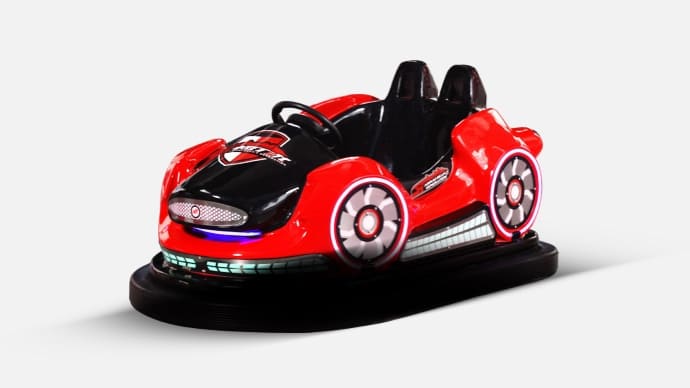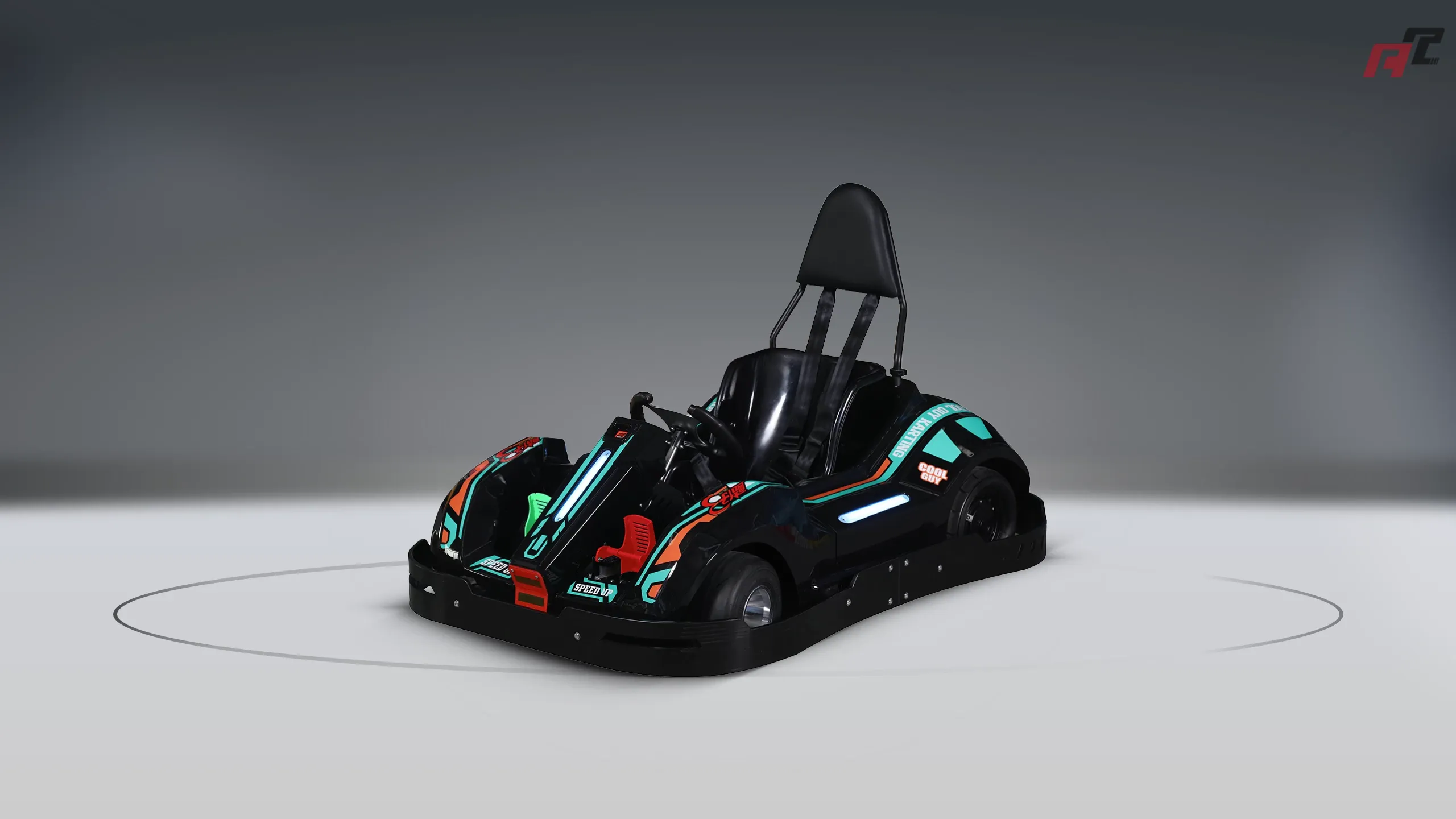Electric
go-karts are becoming increasingly popular with both children and adults, offering a thrilling experience without the noise and emissions of traditional gas-powered karts. One of the most common questions asked by enthusiasts and potential buyers is: How long can an electric
go-kart run on a single charge? This article examines the factors that influence the runtime of electric go-karts and provides an insight into their average performance.
1. How Electric Go-Karts Work
Electric go-karts use electric motors powered by rechargeable batteries. The two main components that determine performance are the motor and the battery. The motor converts electrical energy into mechanical energy to move the go-kart, while the battery stores the energy required for operation.
2. Factors Affecting Runtime
2.1 Battery Capacity
The capacity of the battery is one of the most important factors affecting running time. Most electric cars use lithium-ion batteries, which come in a range of capacities measured in amp-hours (Ah). A higher-capacity battery can store more energy, resulting in longer run times. For example, a cart with a 24V, 20Ah battery can run for approximately 1-2 hours, depending on other factors.
2.2 Driving Style
The way a driver operates the go-kart can have a significant impact on its runtime. Aggressive driving, such as rapid acceleration and sharp turns, can drain the battery much faster than a more moderate approach. Drivers who maintain a steady speed and avoid sudden movements are likely to enjoy longer run times.
2.3 Terrain and Environment
The terrain on which the go-kart is driven also plays a crucial role. Flat surfaces allow for more efficient use of energy, while hilly or uneven terrain requires more power, resulting in faster battery depletion. Environmental factors such as temperature can also affect battery performance; extreme cold or heat can reduce the effective capacity of the battery.
2.4 Vehicle Weight
The weight of the go-kart itself, as well as any additional load (such as passengers), will affect its energy consumption. Heavier karts require more power to operate, which can reduce the overall running time. Therefore, it's important to consider the total weight when assessing how long the go-kart can run.
3. Average Runtime
On average, electric go-karts can run between 30 minutes and 2 hours on a single charge, depending on the factors mentioned above. Entry-level models tend to offer shorter run times, while higher-end carts with larger batteries can offer longer run times. It's important to research specific models to understand their performance capabilities.
4. How to Extend Electric Go-Kart Runtime
4.1 Regular Maintenance
Regular maintenance is essential to ensure optimum performance. Keeping the battery charged and in good condition, as well as maintaining the electrical system, can help extend the running time. Checking tire pressure and making sure all components are working properly will also help improve energy efficiency.
4.2 Driving Techniques
Driving in an energy-efficient manner can significantly increase running time. Drivers should aim for smooth acceleration and deceleration, avoid unnecessary sharp bends, and reduce speed on uphill gradients. These practices not only extend battery life but also improve the overall driving experience.
5. Conclusion
In summary, the running time of an electric go-kart can vary greatly depending on a number of factors, including battery capacity, driving style, terrain, and weight. Understanding these elements can help drivers maximize their karting experience. For those considering the purchase of an electric go-kart, it's important to evaluate your needs and choose a model that offers the desired performance.
For product recommendations, you can explore a variety of electric go-karts available at Anchi Amusement, where you'll find options to suit different preferences and budgets.
This article provides a comprehensive overview of electric go-kart runtimes to help readers make informed decisions and enjoy their rides to the full.














